There’s something truly captivating about enjoying coffee at home, primarily due to its incredible diversity and depth. For coffee enthusiasts, blends and espressos are indispensable. The unique flavors and aromas of blended coffee, along with the rich taste of espresso, can capture your heart with just one sip. By understanding these delights, you can elevate your daily coffee ritual into something truly special.
In this article, we’ll delve into the fascinating world of blends and espressos, sharing easy ways to enjoy them right in your own kitchen. You’ll discover tips that will enrich your coffee experience moving forward. So, let’s embark on this flavorful journey together!
- Discover the varieties and characteristics of blended coffee
- Learn about the history and brewing methods of espresso
- Get tips for enjoying coffee at home
The Allure of Blended Coffee
Blended coffee is a delightful concoction that combines various types of beans, resulting in a unique flavor and aroma. One of the joys of blended coffee is that it can be tailored to suit individual preferences. Since blends are crafted with consideration for roast levels, bean origins, and flavor characteristics, they offer a wide range of tasting experiences. In this section, we’ll explore different types of blends, their unique traits, and tips for selecting the perfect blend for you.
Types and Characteristics of Blends
Blended coffee comes in many varieties. For instance, combining Ethiopian beans, known for their fruity notes, with Brazilian beans that offer a nutty flavor can create a well-balanced cup of coffee. Some blends are based on single-origin beans, while others mix multiple types.
The characteristics of a blend can also change based on the roasting level and the inherent flavors of the beans. A blend made with dark roasted beans tends to have a rich, full-bodied taste, while a blend featuring light roasted beans highlights a bright, fruity profile. This versatility is what makes blended coffee so appealing to different palates.
- The flavor of blended coffee is determined by the combination of beans.
- The roasting level influences the taste significantly.
- There’s a thrill in discovering your personal favorite blend.
How to Choose a Blend
When selecting a blend, the first step is to understand your own preferences. Coffee flavors can range from acidity and bitterness to sweetness, each with a unique balance. For example, if you enjoy a coffee with lively acidity, opt for a light roast or a fruity blend. Conversely, if you’re seeking a bold, robust flavor, a dark roast blend might be more satisfying.
Additionally, pay attention to the coffee’s origin. Beans from regions like Ethiopia, Colombia, and Brazil each have their distinctive characteristics. Many blends incorporate beans from specific origins, greatly affecting their flavor profile. Experiment with various blends to discover the perfect cup that suits your taste.

If this article piqued your interest, you might also enjoy “Creating Your Unique Flavor! The Allure and Secrets of Blended Coffee”. It delves deeper into how to enjoy and customize your blended coffee experience, so be sure to check it out!
- Knowing your preferred flavors is crucial.
- Enjoy the differences in flavor based on bean origins.
- Explore various blends to find your personal favorite.
Learning the Basics of Espresso
Espresso is a quintessential drink that embodies Italian coffee culture, cherished for its rich flavor and aroma. Unlike regular brewed coffee, espresso relies on specific beans and a unique extraction method. In this chapter, we’ll take a look at the history of espresso, explore its allure, and learn how to extract the perfect shot. By the end, you’ll have the knowledge you need to enjoy authentic espresso right at home.
The History of Espresso
The origins of espresso trace back to early 20th century Italy. It all began with the development of machines designed to quickly brew coffee, leading to the birth of espresso. The term “espresso” literally means “pressed out” or “express,” emphasizing the coffee’s speedy preparation style.
Espresso quickly gained popularity, becoming a beloved beverage as café culture flourished. Today, it’s enjoyed in cafés and homes around the world, with countless variations on how it’s served. Understanding this history allows you to appreciate the rich cultural context behind espresso.
- Espresso was born in early 20th century Italy.
- The name “espresso” means “pressed out” or “express.”
- It became a popular drink alongside the rise of café culture.
How to Extract Espresso
To brew espresso, you’ll need a dedicated espresso machine. The extraction process involves forcing hot water through the coffee grounds at high pressure, resulting in a bold flavor and creamy crema. Factors like the grind size, pressure, and water temperature all play a crucial role in determining the taste of your espresso.
First, the coffee beans are finely ground, and the right amount is placed in the portafilter. Next, you apply even pressure to start the extraction process. Ideally, the extraction time should be around 25 to 30 seconds. This brief brewing period is the secret to unlocking the unique, intense flavors of espresso. Mastering these basics is essential for enjoying espresso at home.
- Espresso is extracted under high pressure using a specialized machine.
- The grind size and pressure affect the flavor.
- An ideal extraction time is around 25 to 30 seconds.
The Relationship Between Culture and Coffee
Coffee isn’t just a beverage; it’s a vital part of cultures all around the globe. From blends to espressos, different coffee styles reflect the unique customs and traditions of their respective regions. In this section, we’ll delve into the cultural background of coffee and explore the rich coffee cultures found around the world. By deepening this understanding, you’ll not only enjoy your coffee more but also appreciate the stories behind every cup.
The Cultural Background of Coffee
The history of coffee has been shaped through generations of cultural exchange. Believed to have originated in Ethiopia, coffee made its way to the Arabian Peninsula and eventually spread to Europe and the Americas. In every region, coffee serves as more than just a drink; it plays a significant role in social interactions and business meetings.
Espresso, in particular, symbolizes Italy’s café culture, serving as an essential gathering point for friends and families. On the other hand, blended coffee allows people to enjoy diverse flavors by combining beans from different regions, reflecting the cultural tapestry of each country. In this way, coffee acts as a bridge between different cultures, connecting people from all walks of life.
- Coffee symbolizes cultural exchange
- Espresso embodies Italian café culture
- Blends reflect the flavors of various countries
Discovering Coffee Cultures Around the World
Around the world, unique coffee cultures abound. For instance, Turkish coffee is known for its finely ground beans that are brewed and served in special cups. In Sweden, “fika”—a coffee break with friends or colleagues—holds significant importance, emphasizing the joy of sharing a moment over coffee.
Moreover, in Brazil, coffee plays a crucial role in the national economy, featuring a variety of roasting styles across different regions. In Japan, specialty coffee has gained traction in recent years, leading to an increase in events and cafés dedicated to enjoying coffee. By learning about these diverse coffee cultures, you can enhance your coffee-drinking experience even further.

If you’re intrigued by this topic, I highly recommend checking out this in-depth article on Italy’s espresso culture: “The Evolution of Espresso Culture and Its Deep Connection to Italy”. Discover how espresso has become rooted in Italy’s café culture and explore the evolution behind it to further enrich your coffee enjoyment.
- Turkish coffee culture features a unique style
- Fika is an important tradition in Sweden
- The diversity of coffee culture in regions like Brazil and Japan
Tips for Enjoying Coffee at Home
Enjoying coffee at home requires a little creativity and knowledge. Blends and espresso, in particular, are enticing beverages that can deliver an authentic taste experience right in your kitchen. In this section, we’ll explore tips for crafting your own coffee blends and the essential equipment needed to savor espresso. By keeping these points in mind, you can elevate your coffee time to a whole new level of satisfaction.
Crafting Your Own Coffee Blends
Making blended coffee at home is actually a fun and enjoyable process. Start by gathering different types of beans and familiarizing yourself with their unique flavors. For instance, combining fruity Ethiopian beans with nutty Brazilian ones can create a well-balanced blend that’s a delight to your palate.
Next, consider the roast level of the beans you choose. Dark-roasted beans offer a rich, full-bodied flavor, while light-roasted beans bring out more fruity notes. Experimenting with various beans allows you to discover your perfect blend, turning the process into a true adventure.
- Gather multiple beans and understand their flavors
- The roast level alters the taste profile
- Enjoy the thrill of finding your ideal blend
Essential Equipment for Enjoying Espresso
To enjoy espresso at home, you’ll need a few key pieces of equipment. First and foremost, an espresso machine is a must-have. These machines extract coffee under high pressure, and there are many models available for home use. You’ll also need a portafilter and a tamper to help you create that rich, concentrated flavor unique to espresso.
Additionally, using freshly ground coffee beans is highly recommended. Coffee beans lose their flavor over time, so grinding them just before brewing ensures you can enjoy the fresh aroma. By setting up the right equipment and following proper techniques, you can indulge in authentic espresso right from the comfort of your home.

If you’re intrigued by the idea of crafting your own blends or enjoying espresso at home, check out this article: “Find Out How Espresso Taste Changes! Recommended Coffee Beans for Home Use”. It’s packed with helpful information to enhance your coffee experience at home, so be sure to give it a look!
- An espresso machine and portafilter are essential
- Freshly ground beans enhance the aroma
- Proper equipment and techniques lead to a genuine espresso experience
Conclusion
Exploring the world of blends and espresso has likely helped you rediscover the charm of coffee. With blended coffee, you can enjoy a unique flavor profile created by combining various beans, allowing you to craft your favorite taste right at home. On the other hand, espresso is known for its rich, intense flavor, and with the right equipment, you can recreate an authentic experience in your own kitchen.
Moreover, coffee reflects the cultures of different countries, offering a wide array of ways to enjoy it. By learning about these cultures, you can deepen your appreciation for coffee even more. Moving forward, embrace blends and espresso to enhance your own coffee journey.
- Blended coffee allows you to enjoy flavors through bean combinations
- Espresso can be brewed to perfection with the right tools
- Coffee reflects cultural diversity and offers various ways to enjoy it
Feel free to use this knowledge to make your coffee time at home even more special. We’d love to hear your thoughts about your coffee experiences!





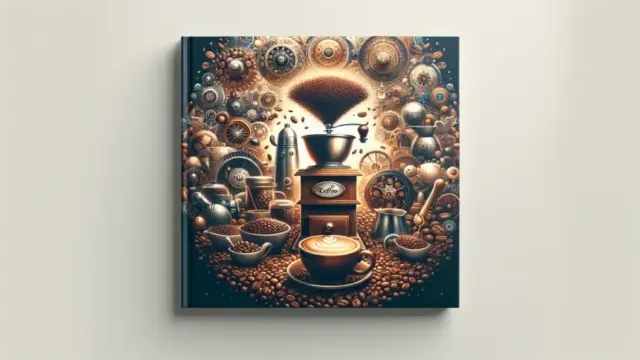






















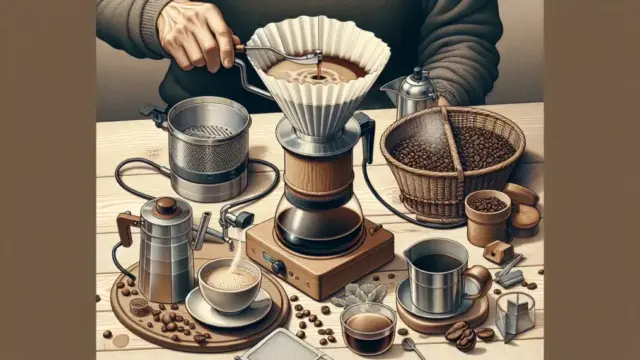
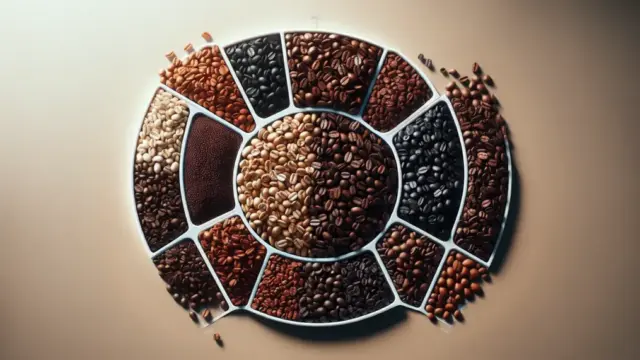

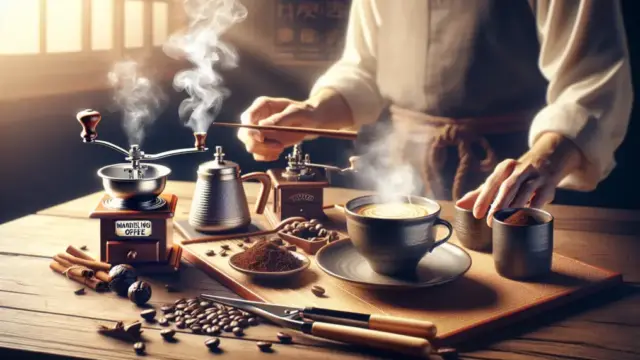




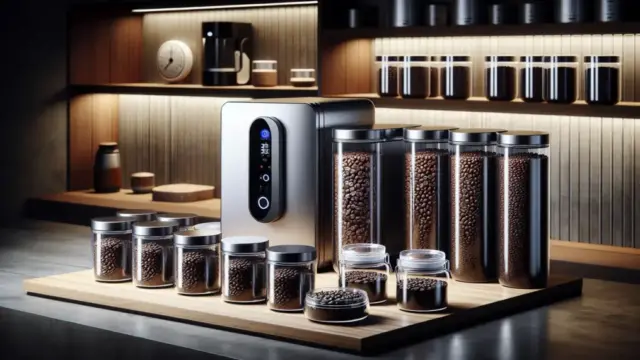


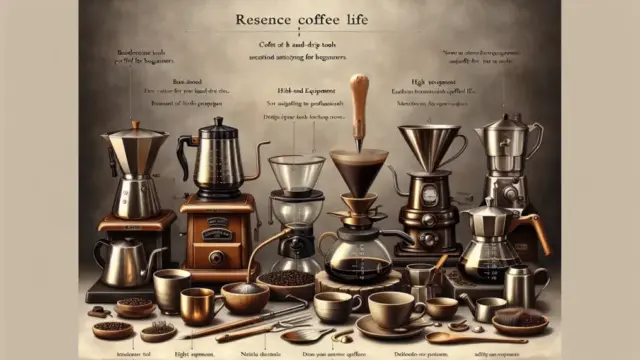


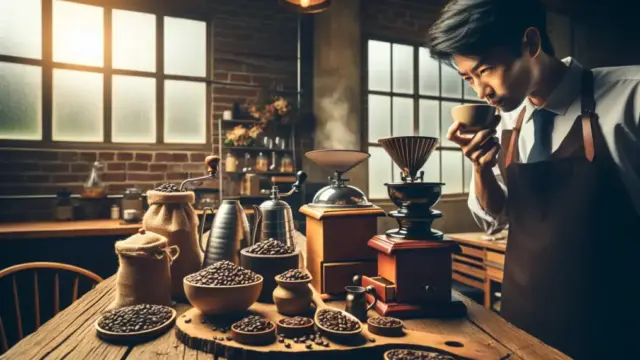

















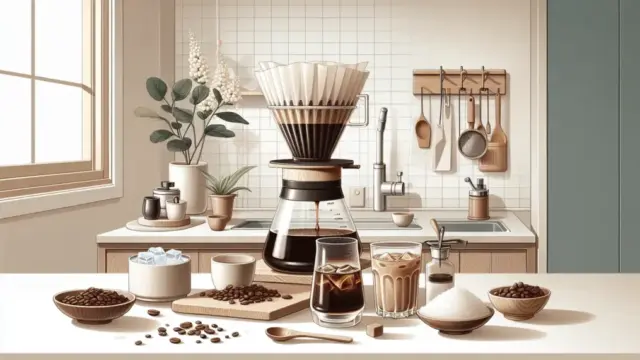













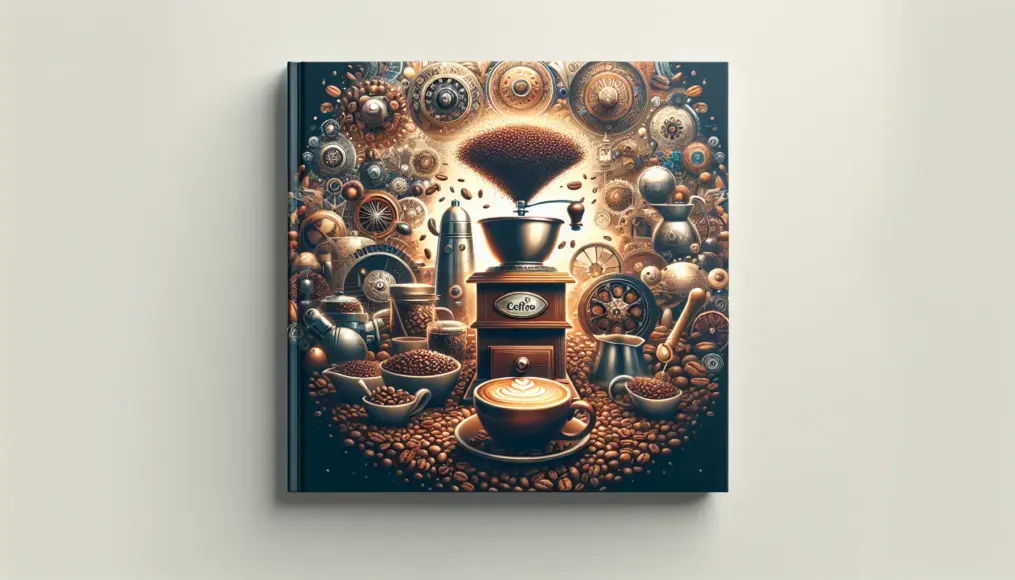
Comment